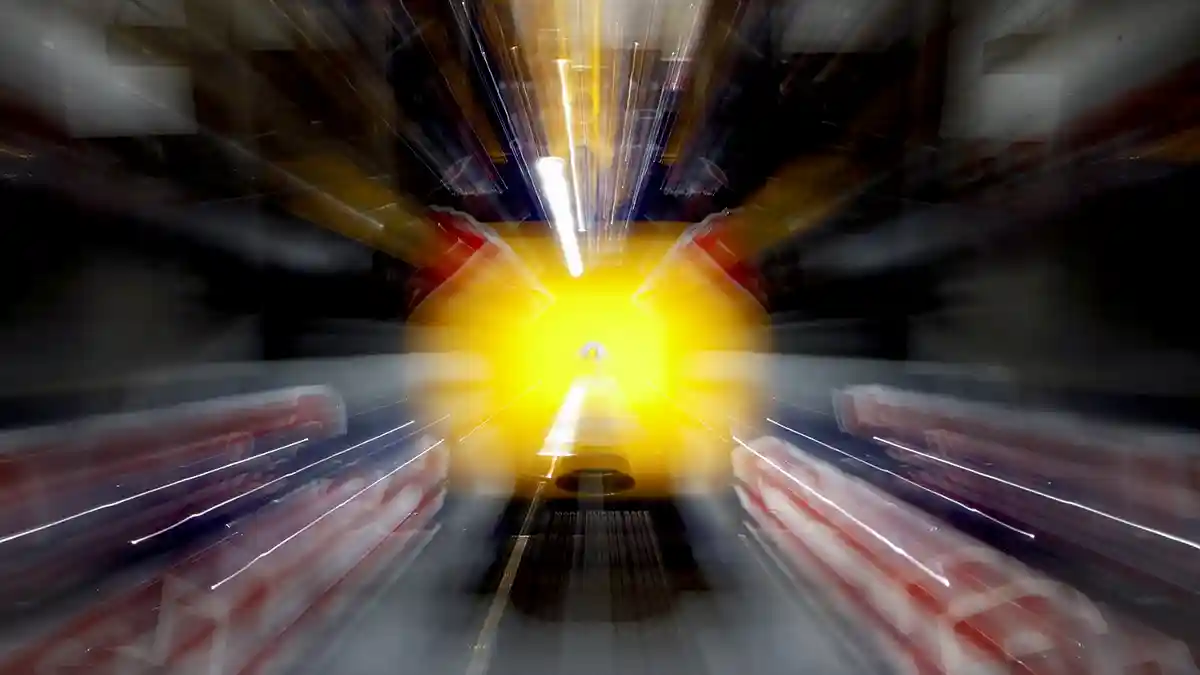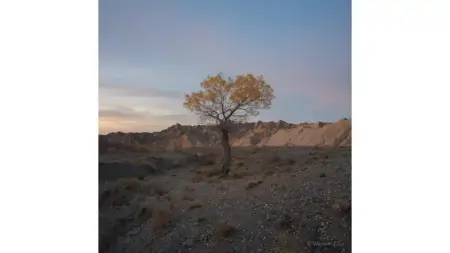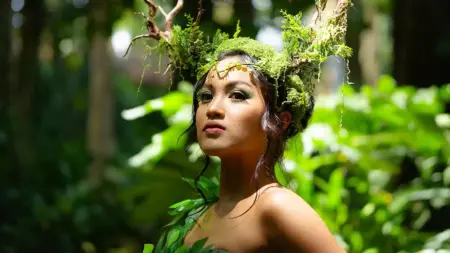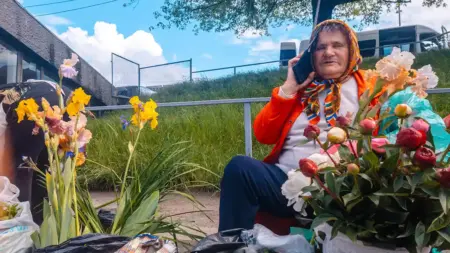Photography takes many forms. From macro to fashion, there are an array of styles and genres that cater to everyone. Yet one area that has often been unsung in its ability to create distinct images is abstract textural photography, a subgenre of sorts. But what is the difference between ‘normal’ abstract photography and abstract textural photography?
While traditional abstract photography relies on a mixture of visual elements like shape, colour and pattern, abstract textural photography instead seeks to emphasise the unique patterns and hidden beauty of textures on varying objects. Essentially, abstract photography uses techniques like motion blurring, unusual perspectives and editing to dramatically alter the original image. Textural photography relies more on closeup shots and focused composition.
The Rise of Abstract Textural Photography in Visual Design
Given its ability to transform everyday mundane textures into mesmerizing images, it’s no wonder that abstract textural photography has seen an increase in recent years. Not to mention, the lack of additional editing required in post as opposed to traditional abstract photography makes it significantly more appealing to those who do not have any fancy editing software. Furthermore, let’s not forget that everyday textures are all around us just waiting to be captured in new and innovative ways.
Finding Texture: Where to Look & How to Compose
There are many kinds of textural photography techniques out there, and certain subjects will require more attention than others. For example, if you want to photograph the delicate patterns of an insect, you would need to take a more macro-style approach and use a macro lens to emphasise the lines and texture. On the other hand, if you simply wanted to capture the rough texture of dried cement along a brick wall, a closeup shot without a macro lens may well suffice.
Ultimately though, it is best to start with simple, easy to shoot subjects that have a clear and visible texture like dried leaves or stones and rocks. Alternatively, you can start with something like a feather, or if you don’t have one, then start with a familiar face. Try to focus on the lines and grooves or any interesting shapes and patterns that you see as every face is different.
As expected, a tripod is highly necessary for textural photography shots as a shaky camera can eliminate the sharpness of the textures you are trying to capture, especially if you are using autofocus as opposed to manual. As mentioned, a macro lens is often necessary due to the closeup nature of textural photography. It will massively help to truly bring out the textures and intricate details of the subject you choose to shoot.
When shooting, consider using a higher f-number (like f/6.0 or higher) to create a shallower depth of field, as this will help to isolate the subject and emphasise the focus. Additionally, a low ISO setting (around 100) will help you to minimize grain and enhance the overall clarity of the texture.
Macro & Wide Shots: Lighting Considerations
When shooting in macro, it’s best to avoid using flash as this can soften the textures and create a less distinctive photo. Not to mention, it’s especially best avoided when shooting insects as this can be distressing and harmful to them. You can however use additional lighting to illuminate stationary subjects like rocks, feathers and leaves. You can also experiment with your lighting to create strong shadows and highlights, which can help to emphasize surface details and give the image depth.
Consider backlighting or placing the light to the side of the subject to cast dramatic shadows which can help give your image more of a distinctive look. Alternatively, you may want to experiment with different angles to see how the light interacts with the subject or how each angle can reframe the look of the subject. If you are primarily going to be shooting in macro, which is highly likely given the intricate nature of textural photography, then you should consider using the Tamron 90mm macro lens.
This is because it delivers impressive sharpness and clarity, which will bring out even the smallest details in your images. Subjects like flowers, insects, and leaves will all shine in extra detail. Furthermore, its unique Extra Low Dispersion (XLD) glass excels in fixing aberrations, ensuring sharp and clear shots. It also utilises cutting edge anti-reflective coating technology which plays a great role in reducing glare and ghosting, helping you to get the best possible image. Most importantly, however, is its 1:1 magnification ratio, which renders subjects life-size on the camera’s sensor for ease of use.
And finally, it’s f/2.8 aperture creates a shallow depth of field, which isolates the subject from the background and thereby increases attention to it. Of course, every great lens should be paired with a great camera, as the camera you shoot with will play an equally important role in the final outcome of your image. But with so many on the market today, what camera is best suited to abstract textural photograph in particular?
Well, the Sony A7R V may be a strong contender in the realm of abstract textural photography for a number of reasons. Firstly, its high-resolution 61MP sensor provides fantastic detail and high dynamic range which is incredibly useful for textural photography as it will provide you with much headroom when cropping and enlarging the image to focus on intricate patterns, textures, or colours without losing any of that high fidelity.
Secondly, its advanced AI-powered autofocus system provides reliable subject tracking, while features like focus stacking and long exposure capabilities to aid your shots. And lastly, its superior colour accuracy will allow you to retain more visual depth in highlights and shadows whilst providing a warm, vibrant colour palette.
Editing for Contrast and Detail
While editing takes something of a backseat when capturing your textural image, it is something that can be quite important when it comes to producing the final image. It’s also worth mentioning that you do not need any fancy editing software like Lightroom or Photoshop to enhance your image, as the adjustments necessary for abstract textural photography should be relatively achievable with either basic software or on a secondary device like an iPhone for example.
In fact, if you don’t have any kind of editing technology whatsoever then an iPhone is a great choice to edit with thanks to its integrated editing capabilities. Not only is it incredibly easy to edit images, but you can make small adjustments to the lighting and contrast levels which can dramatically enhance your photo. Furthermore, you can use the sharpness slider and set it to full, which will bring out all of those megapixels in high detail and produce a much more distinctive image.





Leave a Reply
You must be logged in to post a comment.